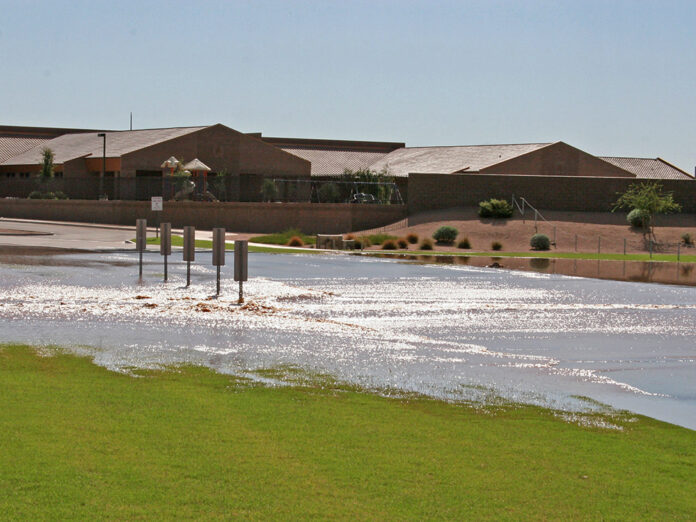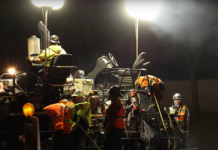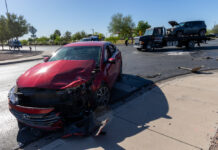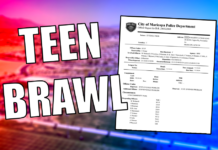We have all heard about monsoon awareness and safety. The information bears repeating, so a review of safety tips on preparedness would be both timely and prudent.
Monsoon season in Arizona lasts from June 15 until Sept. 30. The word monsoon is derived from the Arabic word mausim, which means season of winds. For centuries, the dynamics of the monsoon were noted by seagoing traders off the coasts of Arabia and India as the weather changed from winter to summer bringing torrential rains. In North America, the monsoon impacts Arizona, New Mexico, Utah, Colorado, Texas, California and Mexico.
Arizona and New Mexico receive about half their annual rainfall during the monsoon, which is created by the sun heating up land and the Pacific Ocean at different rates. Land surfaces warm faster than the ocean, creating low-pressure zones as hot air rises. We also get monsoon conditions from hurricane activity in the Gulf of Mexico.
During drought, the soil hardens and it takes longer to absorb the moisture. Heavy rain runoff forms flooding waters, moving debris with it. As we entered the 2021 season, extreme drought conditions rolled over from 2020, when monsoon conditions largely failed to develop amid record-setting heat.
Already this year, monsoon has been more active, so it’s a good time to review some facts on how to stay safe.
HEAT
• Stay inside in a cool ventilated place.
• Restrict outdoor activities to early morning or evening.
• When outside, wear loose fitting light clothing, drink plenty of water and take frequent breaks.
• Check frequently on the young, elderly and those with medical conditions as well as your pets.
• In nature, excessive heat increases wildfire risk.
BLOWING DUST
• If a dust storm approaches while you are driving, pull over as far as you safely can, put your car in park, turn off lights and take your foot off the brake. This will prevent other drivers from thinking you are moving and trying to follow you.
DOWNBURST WINDS
• If storms approach, move inside a strong building and stay away from windows.
• During a tornado warning, move to the bathroom and get in the tub covering your head with protective material. Stronger wall supports in the tub area offer increased protection.
• Stay away from downed power lines and alert authorities.
FLASH FLOOD SAFETY
• Most flash flood deaths occur in vehicles. Moving water 1-2 feet deep will carry away most vehicles. When the roadway is flooded, turn around, don’t drown. Stay out of the water.
• When heavy rain is in the area, keep children away from creeks, washes and storm drains.
• Be especially careful at night, when water depth and road conditions are harder to see. Pay attention to road warnings and heed them. Do not enter when water is present.
LIGHTNING SAFETY
• If you hear thunder, move inside a strong building or hardtop vehicle.
• Lightning provides a physical warning by static electricity raising the hair on your arms and back of neck. If you feel it, go to safety.
• Lightning strikes can start fires. If conditions are favorable, fires can grow quickly. Report fires to authorities and observe restrictions.
Resources: climas.Arizona.edu/sw-climate/monsoon; National Weather Service; National Oceanic and Atmospheric Administration; U.S. Dept. Of Commerce
Harriet Phelps is an InMaricopa contributor.
This column appears in the August issue of InMaricopa magazine.





![Shred-A-Thon to take place tomorrow An image of shredded paper. [Pixabay]](https://www.inmaricopa.com/wp-content/uploads/2024/03/shredded-paper-168650_1280-218x150.jpg)












![Shred-A-Thon to take place tomorrow An image of shredded paper. [Pixabay]](https://www.inmaricopa.com/wp-content/uploads/2024/03/shredded-paper-168650_1280-100x70.jpg)